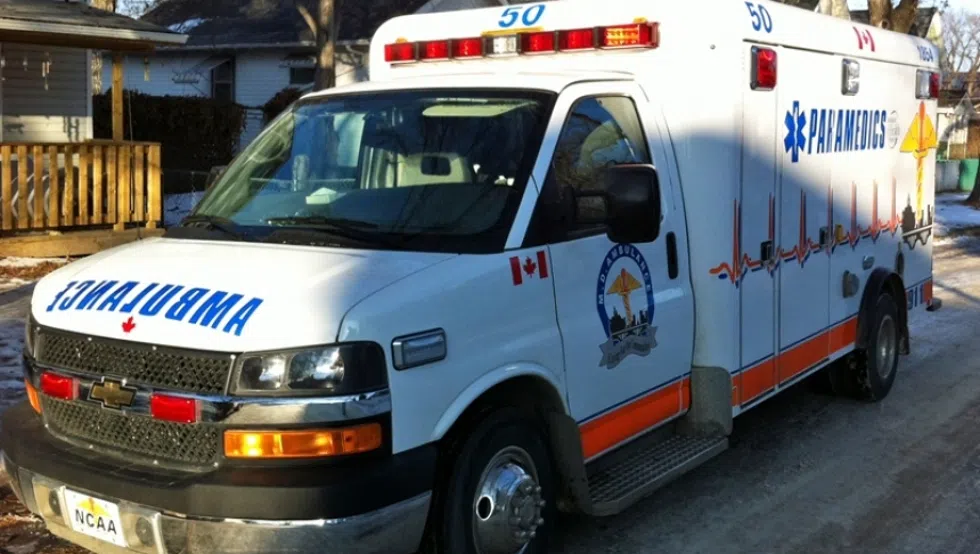
Ambulance fees in Sask. “unacceptable”: NDP
For some people in Saskatchewan, taking an ambulance – especially if it’s between health facilities – can take a big bite out of their wallet.
In Question Period on Monday, the NDP’s health critic, Vicki Mowat, raised the issue of ambulance fees. She said according to the health minister’s briefing notes, a person who needs a transfer from a health facility in Nipawin to one in Saskatoon would have to pay more than $1,500.
Speaking to media later, Mowat said Saskatchewan is the only jurisdiction in Canada that charges patients directly for transfers between health service facilities.
“Think about the fact that it’s not the patient that’s making that call, it’s the physician that’s making the call about transferring.”


